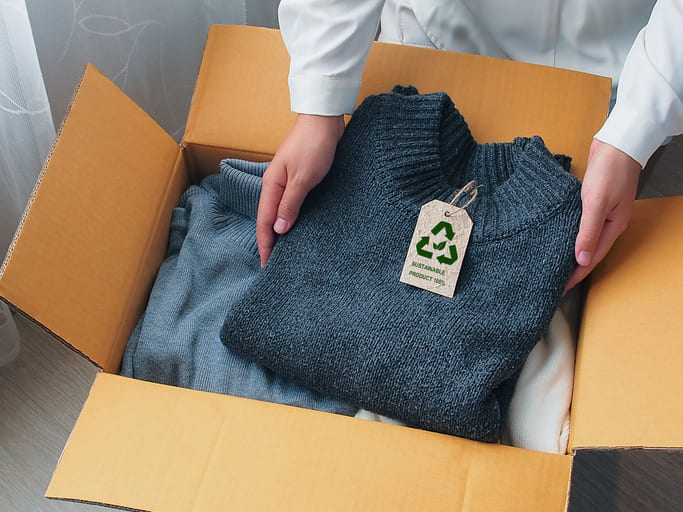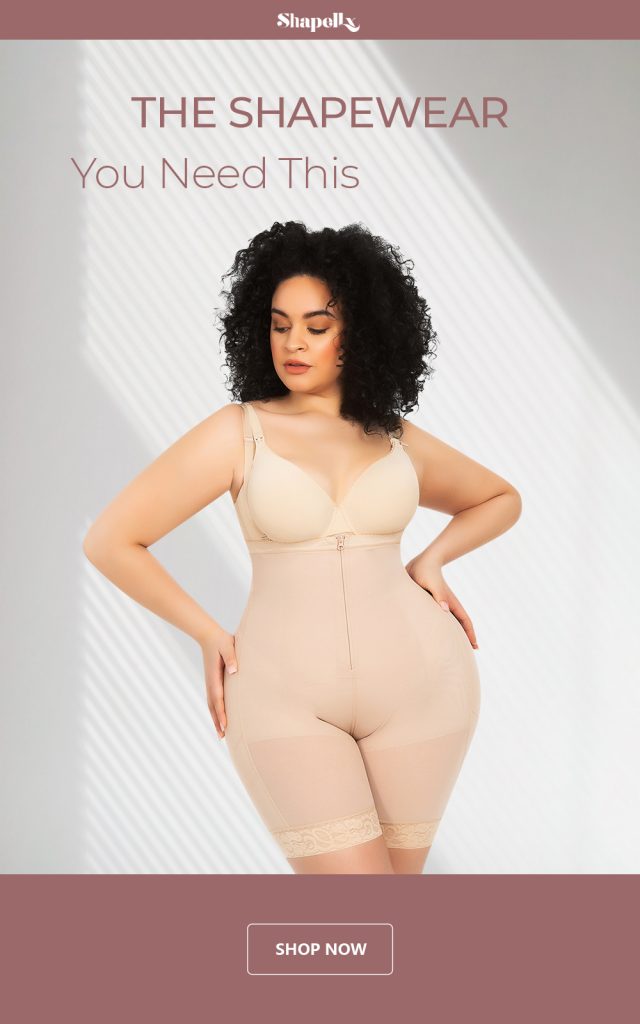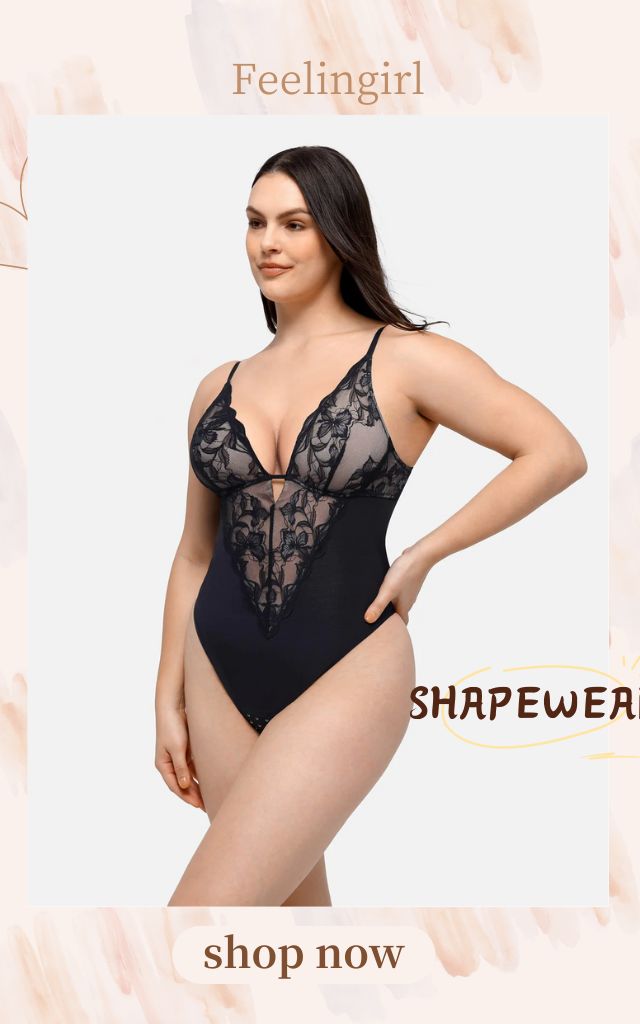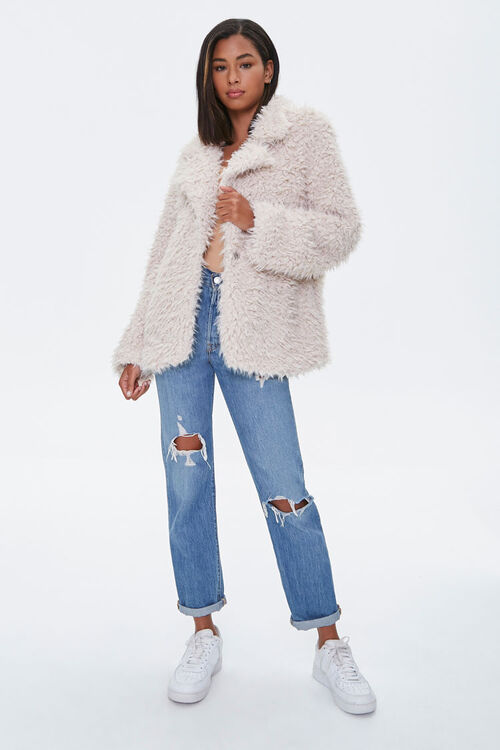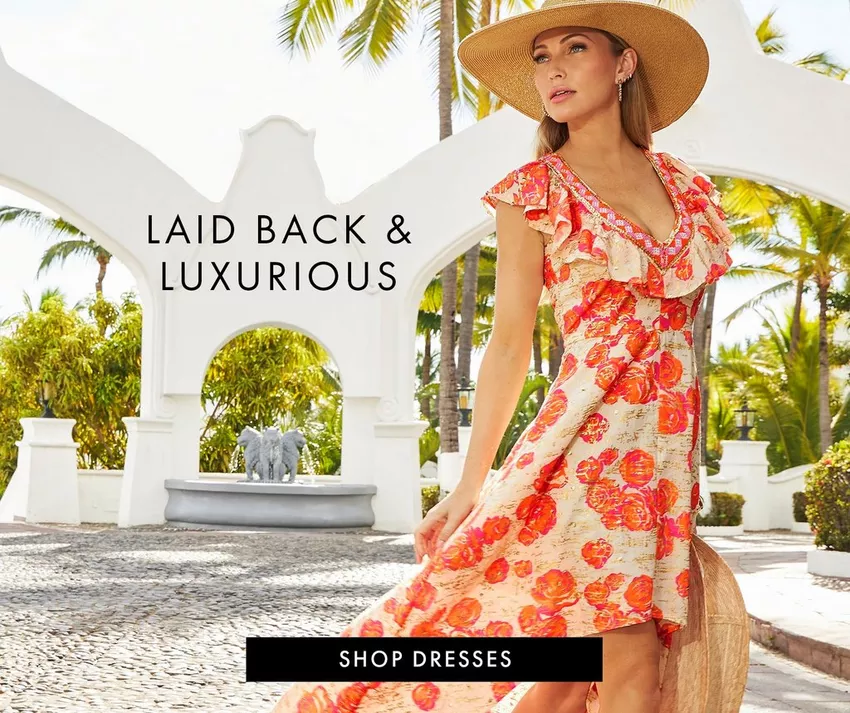Sustainability is more than a buzzword. It is now a movement that is reshaping the fashion world. Conscious consumerism is becoming more mainstream but also does something sneakier, called greenwashing. If you’ve ever spotted a brand that claims to be “eco-friendly” or sustainable without really understanding what it means. Believe it or not, you’re not alone.
Greenwashing is when companies use misleading marketing to make it seem like they care about the environment more than they do. This year, shopping ethically is more important than ever. But how can you really tell the difference between genuine sustainability and a PR stunt? The following are tips to spot greenwashing in fashion and shop smarter without falling for the eco-hype.
Table of Contents
Look for transparency and not just buzzwords
Many brands are now throwing around terms like “green”, “sustainable,” and “eco-conscious” without really providing details about it. These are words that are not regulated, which means brands can use them freely even if they’re not making any meaningful changes.
A good greenwashing alert is if a brand uses vague language like “made with love for the earth” or “planet-friendly” without really backing these claims up. This is a red flag.
You need to look for specific and measurable claims. For example, do they state what percentage of their collection uses organic cotton or recycled materials? Do they disclose where and how their clothes are produced? Real sustainability comes with real data.

Image from: https://www.jameshillman.co.uk/blog/2021/6/2/how-to-source-sustainable-fabrics-for-your-clothing-line
Dig into the materials
Many fast fashion brands will highlight a product made with recycled fabric or even organic cotton. Which sounds great on the surface. But when you look closer, you might find that only a tiny percentage of the fabric is eco-friendly. Here the alert will be if for example, a dress made with 5% recycled polyester and 95% virgin plastic. It means this isn’t truly sustainable.
You need to check the garment label or product description. If they are only using partially materials that are sustainable and if it’s a limited collection. This might be more marketing than meaning. A genuinely eco-conscious brand will be consistent across the board.
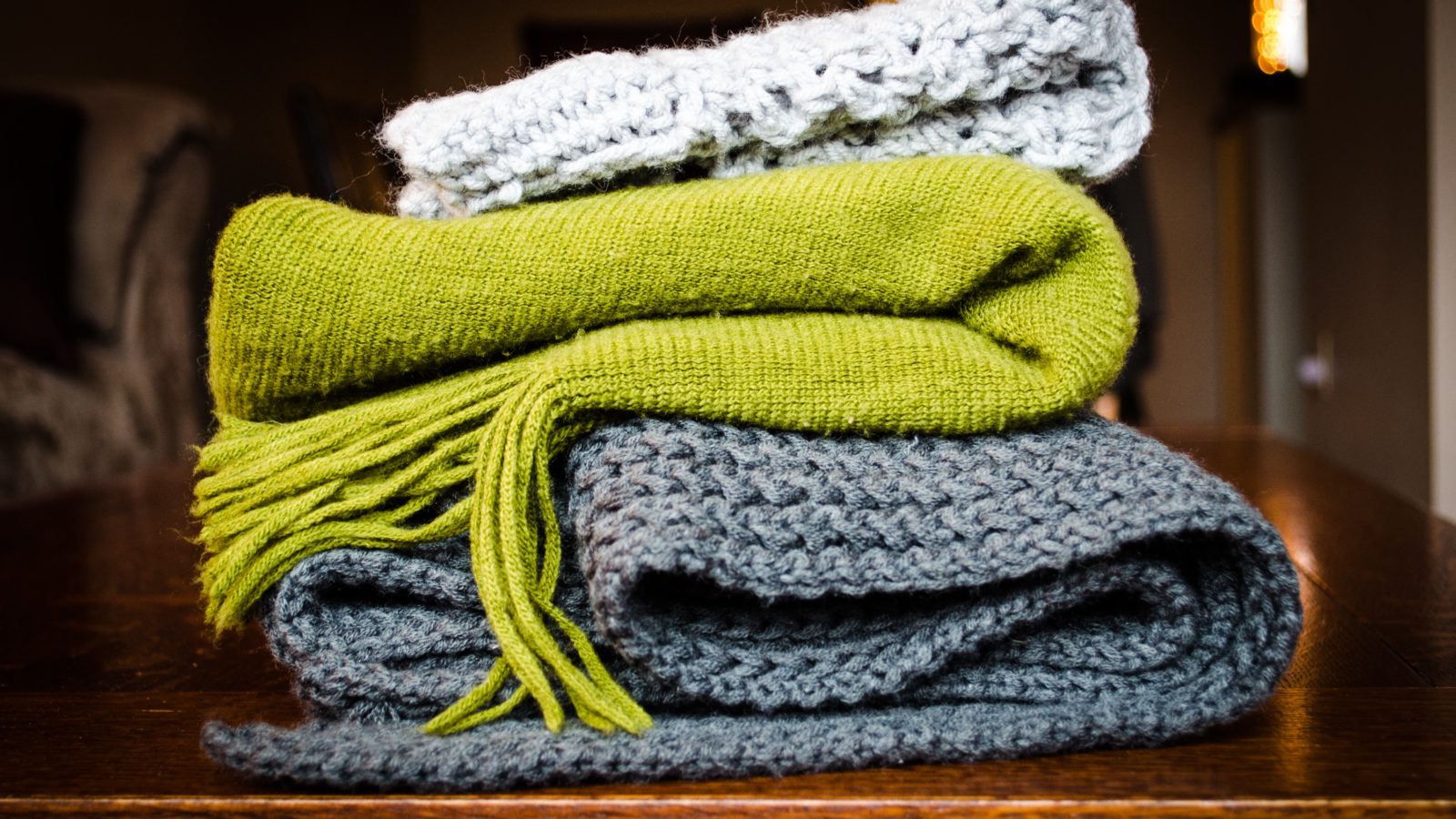
Image from: https://betterworldapparel.com/learn/sustainable-materials/
Investigate their supply chain
One of the biggest indicators of a sustainable brand is how transparent they are about its supply chain. This includes labor practices, factory conditions and even carbon footprint. The alert here is if a brand claims to be sustainable but offers zero information about how their clothing are made or who made it. It most likely means that they’re hiding something.
Look for brands that openly talk about where their clothes are made. How much their workers are paid and what certifications they hold. If there’s no info, then it’s a huge red flag.

Beware of one-time conscious collections
It’s not uncommon for major fast fashion brands to release limited green or conscious collections. But if the rest of their products still rely on harmful practices, this will be performative at best. The alert here is that a 10-piece sustainable capsule collection doesn’t make up for hundreds of other items that are produced using environmentally harmful methods.
Ask yourself if the brand’s commitment to sustainability is core to their identity or just a side project. Check if the entire company is shifting towards more sustainable practices and not just a tiny part of it.

Image from: https://ecobnb.com/blog/2022/12/eco-friendly-fashion-important/
Watch for overproduction
Sustainability isn’t about the materials. It’s also about consumption. Brands that drop new collections every week and offer endless sales aren’t operating sustainability, no matter what they claim. If a brand markets itself as eco-conscious, but is releasing fast fashion levels of new arrivals. Then they’re not sustainable.
Support brands with smaller, curated collections or even some made-to-order models. Look for those that release clothes in drops or seasons and not daily updates.
Pay attention to shipping and packaging
Some brands are now using biodegradable packaging or carbon-offset shipping to market themselves as sustainable. These might be nice efforts, but they can also be a distraction from larger issues like unethical labor or material waste. The alert in this case will be if the packaging is their only claim of sustainability… then it’s not enough.
You need to consider packaging as part of the puzzle but not the whole story. A fully sustainable brand will prioritize transparency across its entire process. Not just their shipping department.
Check for certifications and not just claims
Certifications are one of the most reliable ways to determine if a brand is genuinely sustainable. But you need to be cautious. Some brands will create their logos and use misleading language. The alert here is that claims like “eco-certified” or “ethically made” mean nothing without the backing from recognized organizations. Look for real and verifiable certifications like GOTS, Fair Trade Certified, OEKO-TEX, Bluesign and B Corp Certification. These labels mean the brand has met specific and strict environmental and ethical standards.
